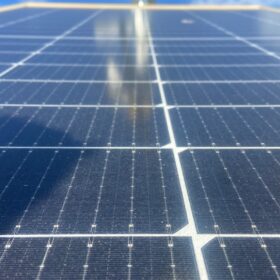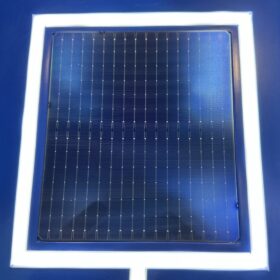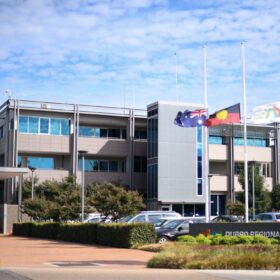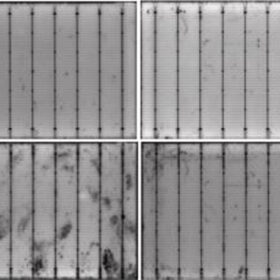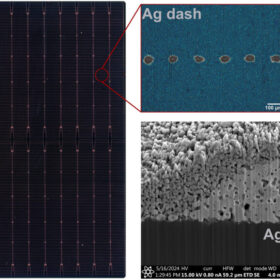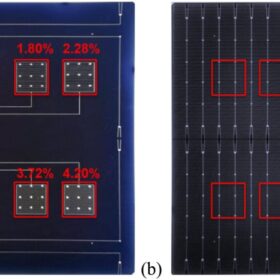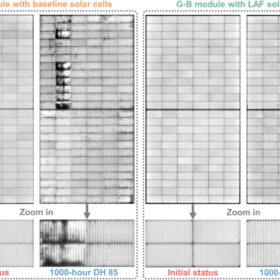Clean energy research nabs over $2.6 million in grants
Over $2.6 million have been allocated to renewable energy research products involving perovskite cell commercialisation, battery cell aging, next-gen anode technology, electric vehicle charger security, and solving distributed energy resource network constraint complexity.
All solar cell efficiencies at a glance – updated
The research group led by Professor Martin Green has published Version 66 of the solar cell efficiency tables. There are 21 new results reported in the new version.
UNSW targets energy efficiency with real-world trial of management system
Researchers in New South Wales have teamed with the Dubbo Regional Council to trial a hybrid energy management system that aims to revolutionise how buildings consume, store, and distribute energy to improve efficiency while lowering costs and reducing reliance on fossil fuels.
Researchers warn of ‘hidden contaminants’ that could increase TOPCon, HJT solar module humidity-induced degradation
Australian researchers have identified five contaminants that could increase damp heat-induced degradation in TOPCon and heterojunction cells and modules. Their analysis has shown these contaminants could originate from improper handling during cell or module processing.
Silver-lean screen-printing can reduce silver use in TOPCon solar cells by 40%
Researchers from the University of New South Wales have teamed with international colleagues to develop a metallisation technique for TOPCon solar cells that can reportedly reduce silver usage in the devices’ rear side by 85%.
Jolywood’s laser-assisted firing process increases TOPCon solar cell efficiency by 0.6%, says UNSW research
New research from the University of New South Wales have found that the Special Injected Metallisation (JSIM) technique developed by Chinese manufacturer Jolywood can considerably increase TOPCon solar cell efficiency. The scientists described precisely how laser-assisted firing enhances cell performance, reportedly filling critical gaps in industrial TOPCon cell optimisation.
EVA-induced degradation has significant impact on power losses in TOPCon solar modules
New research from UNSW shows EVA-encapsulated TOPCon solar modules under damp-heat testing can suffer significant power losses and fill factor drops. The study describes metallisation degradation mechanisms driven by EVA-generated contaminants and demonstrates the effectiveness of metallisation adjustments in reducing EVA-induced degradation rates
Researchers make green perovskite manufacturing breakthrough
Scientists at Macquarie University and the University of New South Wales have broken through significant barriers to perovskite solar cell industrial adoption with the discovery of ground breaking green manufacturing processes and materials.
Potential of chalcogenide pervoskite for next generation solar cells: study
Researchers from the Australian Centre for Advanced Photovoltaics and the University of New South Wales have published findings on the potential for next generation solar cells of chalcogenide pervoskite BaZrS3.
Research shows degradation mechanisms in rear side of TOPCon solar cells
Researchers from UNSW and Longi have found that the silicon nitride layers used in TOPCon cell rear-side are particularly prone to chemical degradation from sodium contaminants. This can lead to significant open-circuit voltage losses and reduce cell efficiency.
